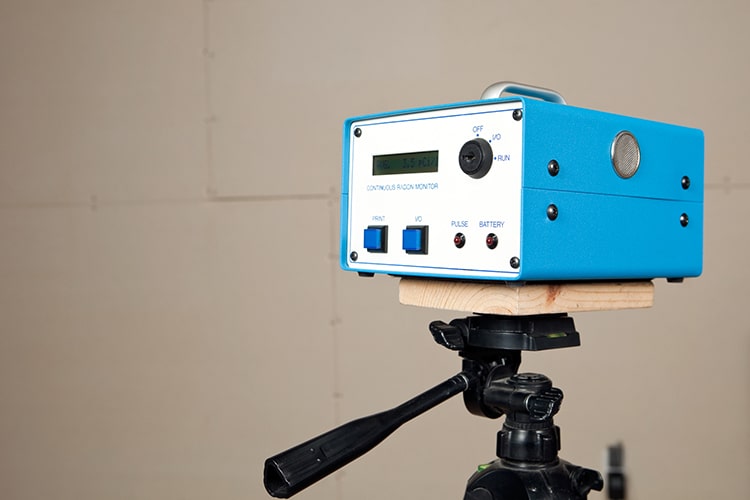
In the past, there was some skepticism about the relation between lung cancer and radon. In 2005, two studies were conducted that confirmed radon exposure increases the chances of developing lung cancer. Radon was classified as an international health risk by the World Health Organization in 2009. One of the main reasons why radon is so deadly is due to its physical properties. Radon cannot be detected by smell, taste, or sight and it is produced naturally in soil by the decomposition of uranium. Radon is found all over the world in outdoor air as well as the air inside residential homes and commercial buildings.
Radon is classified as a carcinogen due to the fact that it is a form of radiation. Everyone is aware that smoking is the leading cause of lung cancer but surprisingly, radon exposure is the second leading cause of cancer in America. It is estimated that over 20,000 people die from lung cancer that is directly related to radon exposure. Smokers that are exposed to radon have an even greater chance of developing lung cancer as the combined effects are very serious. According to the EPA, smokers that are exposed radon are ten times more likely to develop cancer than non smokers exposed to the same levels.

There really is no amount of exposure to radon that can be considered safe but the typical amount of radon that is present in American homes is approximately 1.3 pCi/L. The EPA strongly suggests that homeowners have a radon mitigation professional fix the home at levels of 4 pCi/L or greater. However, this does not mean a level of 3.9 pCi/L or even 3 pCi/L is acceptable. The EPA recommends that homeowners consider radon mitigation at any level above 2 pCi/L.
The EPA has constructed a map and separated the United States into three zones which signify the estimated levels of a radon present in homes. Zone 1 counties are estimated to have the highest level (4 pCi/L or above) radon present and Zone 3 counties are estimated to have levels less than 2 pCi/L. The map should be taken as a general guide because homes with high levels of radon can be found in every county across the US.
A large number of the counties in Maryland, Virginia, Delaware, and Washington D.C (the entire Mid-Atlantic region) have been designated as either Zone 1 or Zone 2 for radon. All homeowners should get their homes professionally tested for radon but Maryland, Virginia, and Delaware residents should do so as soon as possible.
Learn more about radon testing.
Contact us for professional radon testing in Maryland, Delaware, and Washington D.C. Our certified inspectors are fully dedicated to assisting our customers with home testing services.